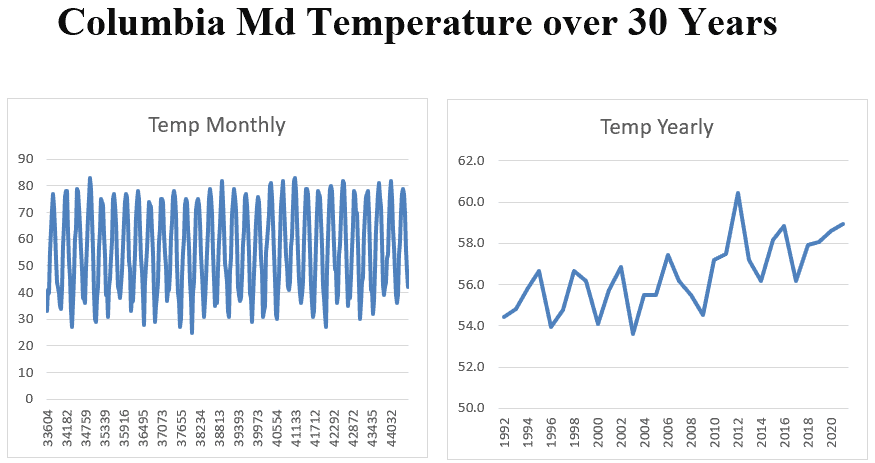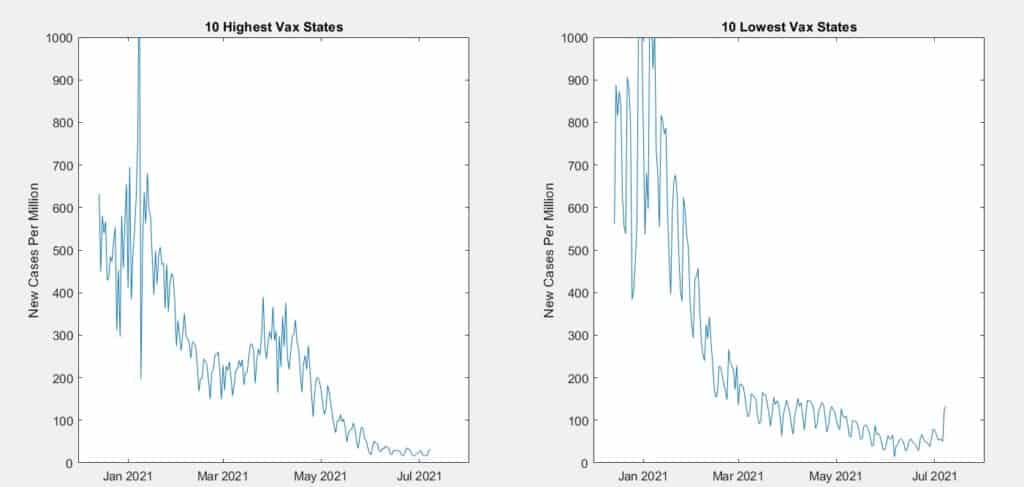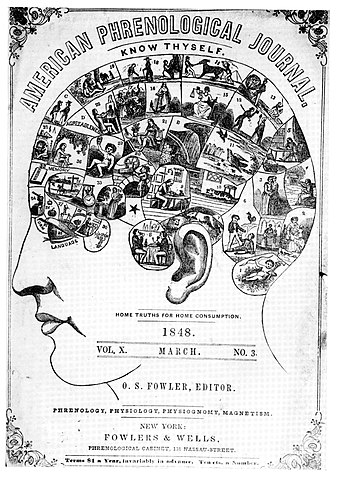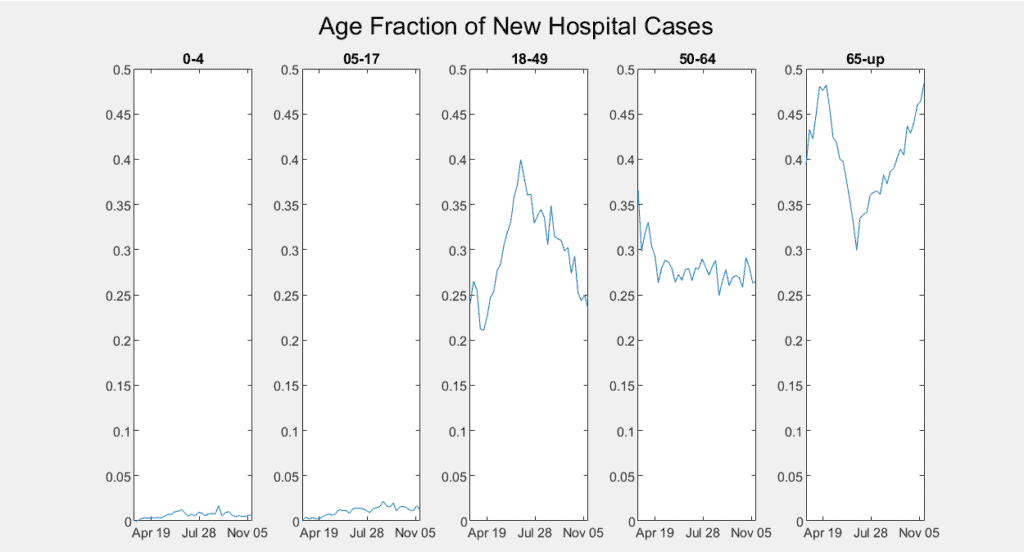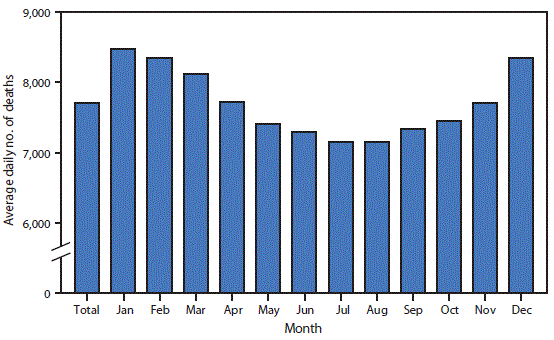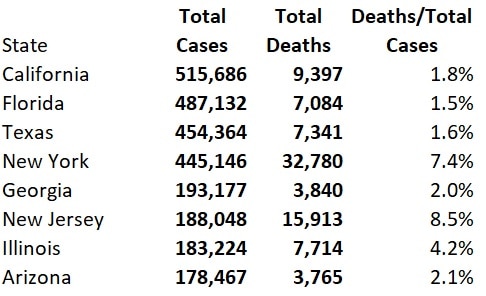Two Types of Thinking
The Dual Process theory divides a person’s thinking in two streams—immediate action to external reality and slower planning by logical decision-making. We may differentiate them as reflexive and reflective thought.
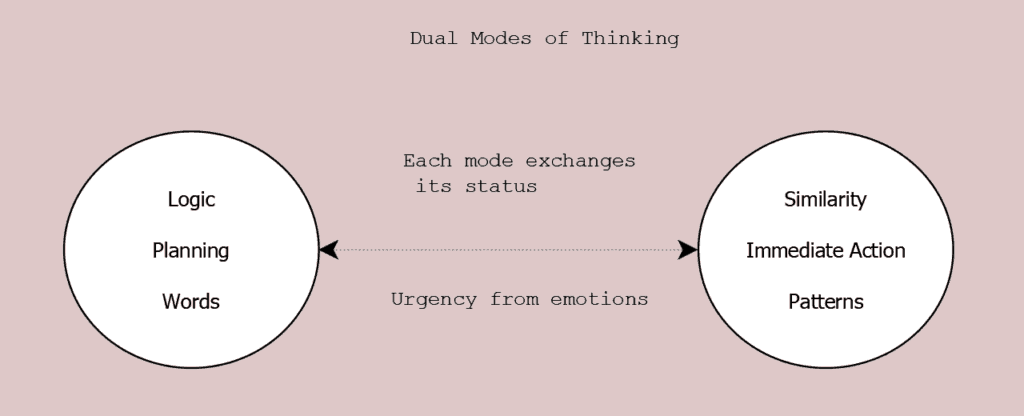
Immediate action, known in Dual Process Theory as Type 1, has these characteristics. It’s
- Autonomous, automatic, not under our conscious control
- Easy to use, effortless, quick (parallel operations on all input at the same time)
- Often called heuristic. It uses blunt rules that usually work
- Typical tasks
- Reacting to external reality
- Playing sports
- Face recognition
- Language understanding
- Depth perception
- Reading intentions of others
- Threat detection
- People are quite similar in Type 1 cognitive capabilities
Logical decision-making, known as Type 2, has different characteristics. It’s
- Conscious. We are or can often examine these thoughts
- Serial processing, one thought at a time
- Language based. In words, sensible to one’s self
- Can sometimes override Type 1 decision
- Requires effort to consider all relevant facts and possibilities
- Therefore, tiring to override
- Typical tasks
- Analyzing day-to-day activities, like social status shown in interactions
- Talking
- Employment choice
- Legal judgments
- Finances
- IQ Tests measure Type 2 power
Some of you may be thinking—Type 1, Immediate Decisions—is not conscious, therefore it is not thinking. One reason to consider it as thinking is that some people use Type 1 reactions for all their thinking, instead of making the effort to use Type 2. The definition of thinking is so important I’ll address it in a future post.
As mentioned above, because Type 1 is “on-by-default” some people rely on immediate actions for almost all of their decisions – those decisions can leave them short-sighted and unable to achieve long-term goals. However, over-reliance on Type 2 has its own trap for those people can forget to take pleasure when it is offered.
Fortunately, most of us have learned to let Immediate Action hold its sway in situations requiring quick reactions to dynamic change.
Considering the comfort and security our advanced civilization has gained us, we sometimes delve into deeper considerations of complicated solutions resulting in desired long-term decisions over transient short-term pleasures.
The Dual Process Theory is a good starting point to understand our thinking, but there are layers of underlying cognition which tend us to react to certain stimuli over others as well as support our premises upon we reason that can be investigated with worth.
Mental Construction lays out these fundamentals. Building from neural properties to abstraction, associations, pattern-matching, creativity, induction, and deduction.
